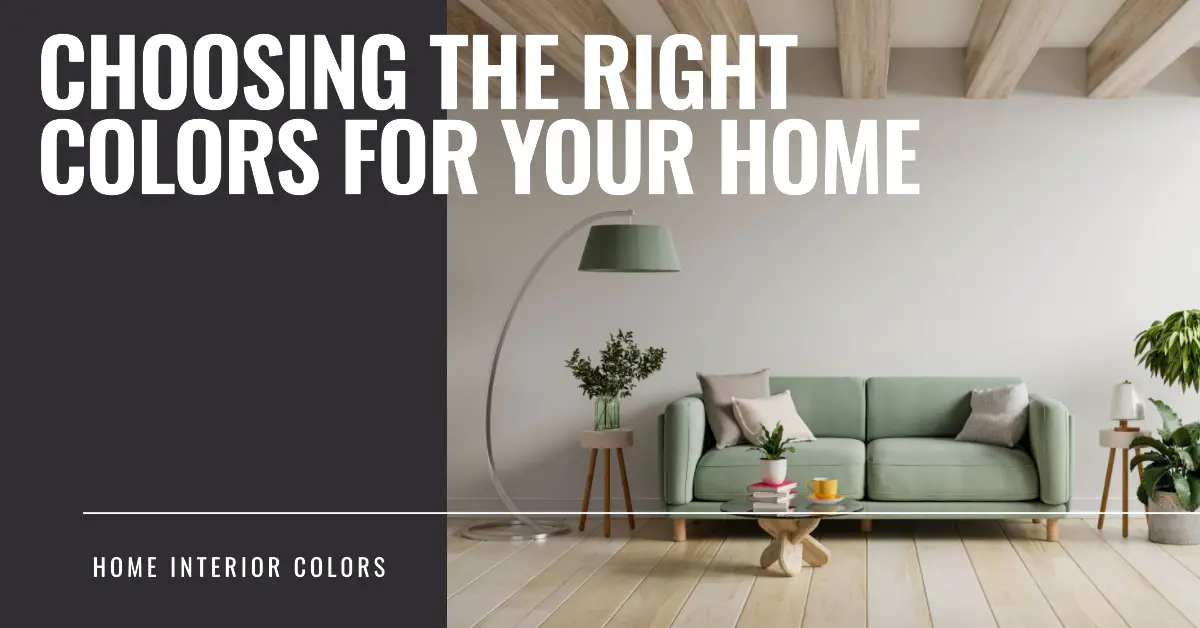
Introduction
Color can be a powerful tool in interior design. The right color can make a room seem brighter or darker, warmer or colder, larger or smaller—and it’s a great way to express your personal style. But choosing the right colors for your home isn't always easy, especially if you're not sure what will look good together. That's where the color wheel comes in! In this post, we'll give you some basic principles for combining colors and show how different types of complementary and analogous pairings look on different shades (and why they work).
The color wheel
The color wheel is a tool used to help you choose colors. It can be used to create palettes for your interior design projects, or it can be used as a reference when you're looking at paint swatches in the store. The basic concept of the color wheel is that it shows all the different hues within each color spectrum, with each hue being on its own line or segment within the circle.
The primary colors are red, blue and yellow (as shown below). These three colors cannot be mixed from other pigments; they are basic building blocks for other shades of pigment by adding white or black to them respectively:
Complementary colors
Complementary colors are those that sit opposite each other on the color wheel. Complementary schemes are popular for decorating because they create a bold, dramatic effect.
- Red and green: Red is warm and energetic while green is cool and calming, so these two colors make an excellent complementary pairing when used together in your home's interior design.
- Blue and orange: Orange may not seem like an obvious choice for a complementary color scheme, but it works well with blue because of their shared qualities of warmth and vibrancy.
Analogous colors
Analogous colors are next to each other on the color wheel. They're often used in interior design because they complement one another, but if you use too many analogous colors at once, it can make your space feel smaller and more crowded than you'd like. This means that while blue, green and yellow may all be great choices for an accent wall or rug in your living room (as long as there's some other color present), it would be unwise to paint every wall of your home with those three shades of paint!
Triadic colors
Triadic colors are a set of three colors that are equally spaced around the color wheel. The triadic color scheme is a good one to use when you want to create a sense of balance and harmony in your home.
A triad can be made up of any three colors, but it's generally best not to choose colors from opposite corners (red, green and blue) or from adjacent sides (orange/yellow).
Square tones
Square tones are colors that are opposite each other on the color wheel, such as red and green or blue and orange. They create a bold statement when used together but can also be mixed with other colors for a more subtle effect. This combination is great for rooms where you want to create a striking focal point, such as an accent wall or fireplace mantel.
- Example: Use square tones in small doses–too much of this color scheme will feel overwhelming!
Tinting a color or adding white to it.
Tinting a color is adding white to it. You can tint any color, whether it's red or green or blue, with the right amount of white. This will lighten the shade and make it more pastel-like. Adding black (or another dark color) will do the opposite–it will darken the shade and make it more muted.
Your home's interior design should reflect your taste, despite what the color wheel says.
The color wheel is a tool, not a rule. It's just a guide to help you understand how different colors interact with each other. The color wheel is not the Bible; it's not going to tell you exactly what color scheme to use and how many shades of each hue should be in your room. Instead, use it as a starting point for brainstorming ideas for your interior design project.
The most important thing when choosing colors for your home's interior is knowing what works best with your own personal taste and style preferences (which could change over time). You might find that some shades work better than others depending on how they complement or clash with everything else in the room–and that's okay!
Conclusion
In the end, your home is a reflection of you and your taste. You may not always be able to choose the colors that go into it, but you can always find ways to make them work for you. Whether it's changing up one room or adding pops of color here and there throughout the house, remember that there is no wrong way to decorate! If you are in need of a residential painting company, give us a call today! We’d love to help you out.
